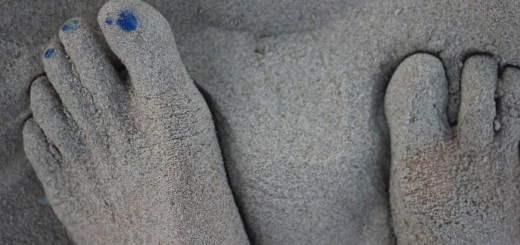Psychedelic Art Taken to a New Level
Psychedelic art is a form of art that was primarily created by the baby boomer generation in the late Sixties and early Seventies. This generation experimented with psychedelic drugs such as mushrooms, LSD, peyote, DMT, and ayahuasca. The use of these drugs enabled artists to look into their own self-consciousness and made them realize insights so spiritually ground breaking that, to this day, not a lot of people understand their art. One such artist, Alex Grey, is a prime example of a psychedelic artist who pushes the boundaries of art. Alex Grey is now a 60-year-old man who was inspired to be an artist at the age of seven. His paintings range from trying to sum up all of creation into a single being to contrasting the idea of an infinite consciousness connecting all of the galaxies together. Alex Grey’s paintings are so detailed and psychedelic that any viewer will have to look at the paintings for a significant length of time to find all the details.

Alex Grey: Net-of-Being
One example of Alex Grey’s masterpieces is “Net of Being.” It depicts infinite rows of the face of God connected to the universe. The multitude of eyes on the face of God emulates the all-seeing being, visually representing the concept of omnipotence and enlightenment. The infinite versions of the face of God show that God can be seen in many perspectives, but in the end the idea of God is the same: an omnipotent infinite being that connects all of creation together in harmony. The face of God from this piece of art was used in the illustrations on the cover of 10,000 Days by the hard rock band Tool.

Alex Grey: Caring
Another painting titled “Caring” by Alex Grey depicts a suffering man holding the hand of a woman who is taking care of the man. What makes this piece of art striking is the fact that both people are drawn with transparent skins through which one can see the layers of muscle, organs, tissue, and bones. Both humans are drawn with extreme anatomical accuracy. Alex Grey paints in every major individual vein, artery, and nerve. Another striking detail that the painter incorporates in this painting is the contrast between the colors radiating off each person. The suffering man has shades of purple and blue emanating from his body, indicating sadness or suffering. The caring female, on the other hand, has shades of yellow and orange radiating off her, indicating life and vitality. The suffering man’s skin has a purple hue to it, showing that the man is sick, while the female’s skin radiates verve and youth with bright colors. Multiple lines interconnect the two beings, showing that the female is completely focused on taking care of the suffering man. Although the concept isn’t nearly as complicated as “Net of Being,” the message is clear.
Both paintings are painted with exemplary detail, and they both go to extreme ends when it comes to showing the artist’s opinions on subjects concerning spirituality and human interaction. However, my favorite piece of artwork without a doubt is “Caring.” The painter tries to show that caring for one another can only be beneficial, especially in a world divided by racism, power, money, sexism and war. When humanity finally realizes that violence will not solve long-term problems, we will become much closer to each other in so many ways.


